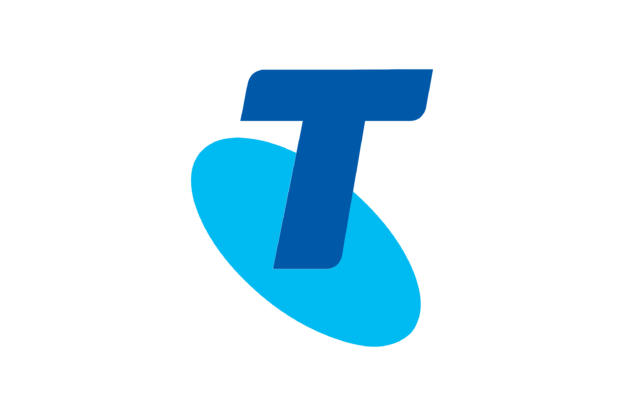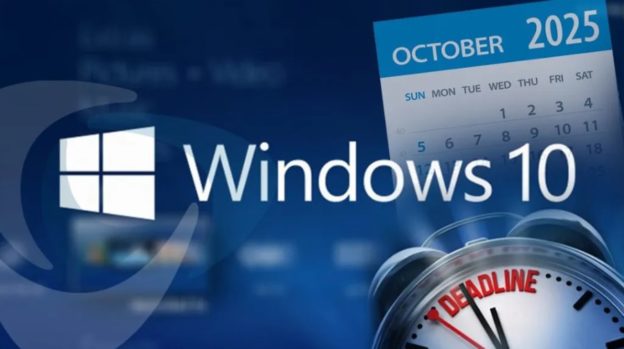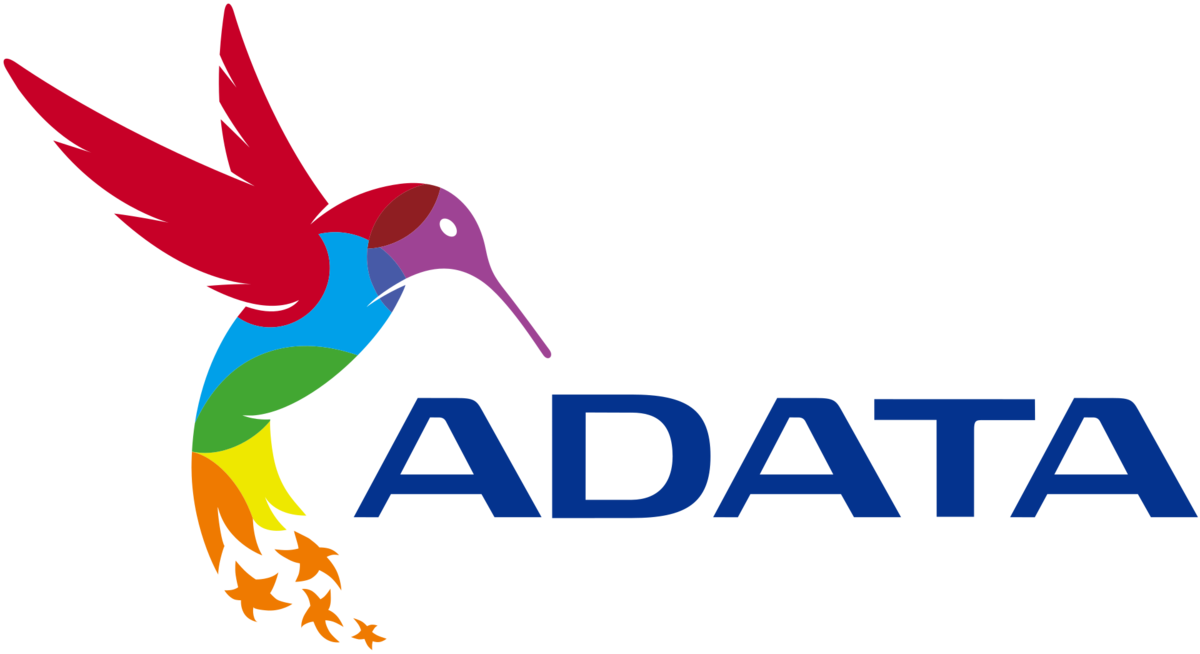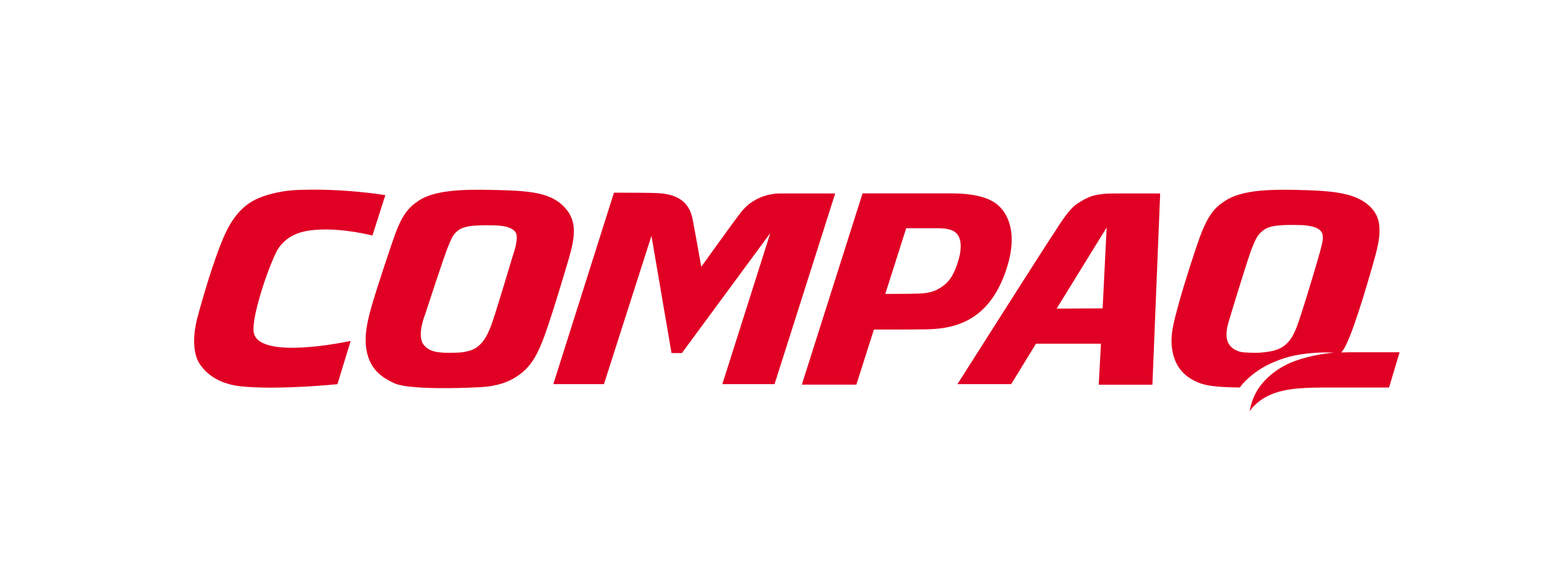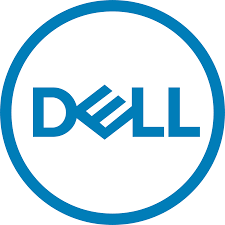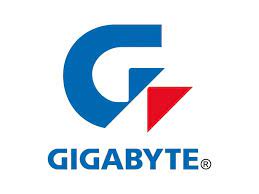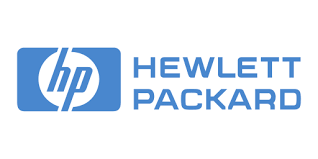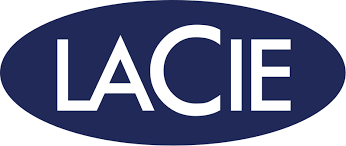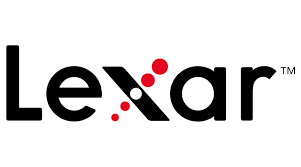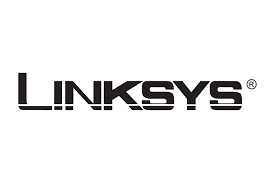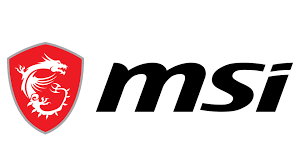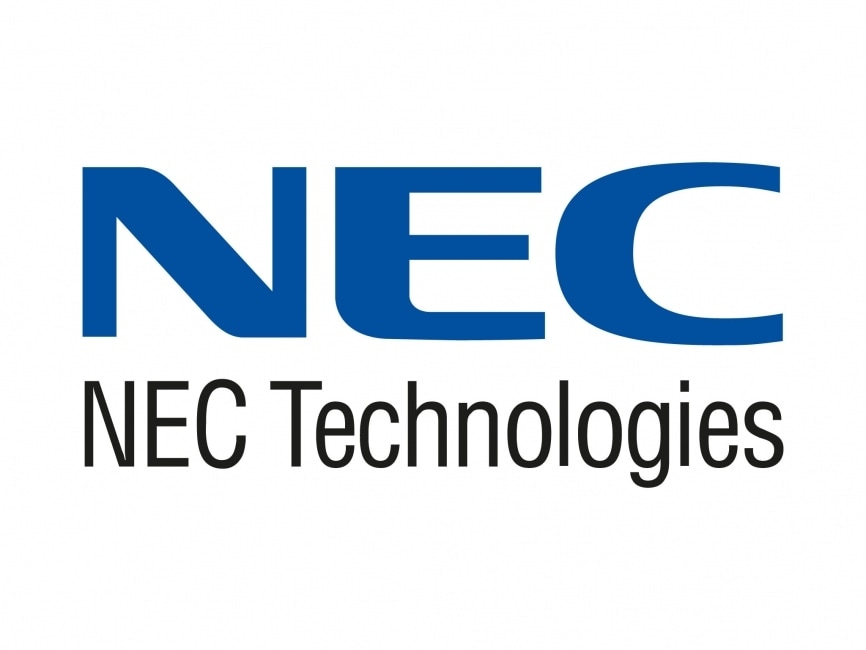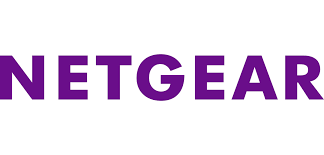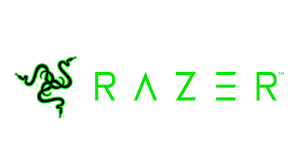Remote desktop support is a service that allows a technician to access and control a user’s computer remotely over the internet or a network. This means the technician can see the user’s desktop, applications, and files, and perform actions as if they were sitting directly in front of the user’s computer.
Here are some key benefits of remote desktop support:
- Faster and more efficient troubleshooting: Technicians can diagnose and fix problems without needing to travel to the user’s location, saving time and money.
- Reduced downtime: Users can get their computers back up and running quickly, minimizing disruption to their work.
- Remote assistance for users in different locations: Technicians can help users anywhere with an internet connection, regardless of their physical location.
- Improved security: Remote desktop sessions can be encrypted to ensure that user data remains confidential.
Remote desktop support is commonly used by businesses to:
- Provide technical support to employees: IT departments can use remote desktop to help employees with a variety of tasks, such as installing software, configuring settings, and troubleshooting problems.
- Manage remote servers: IT administrators can use remote desktop to manage servers located in different locations.
- Offer technical support to customers: Businesses can offer remote desktop support to their customers as a way to troubleshoot problems and provide technical assistance.
It’s important to note that while remote desktop support can be a valuable tool, it’s crucial to only use trusted and authorized technicians and software for security reasons.









